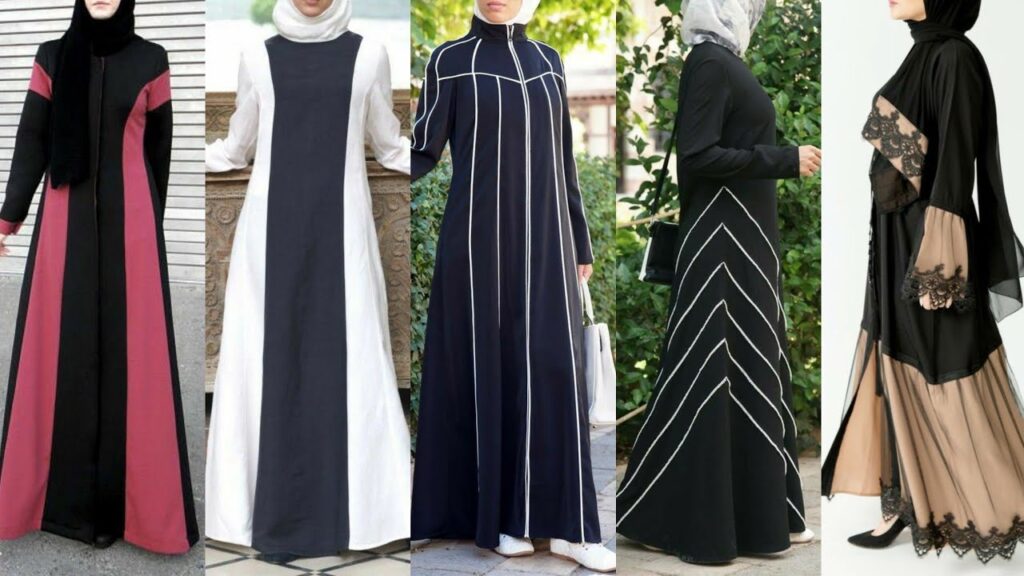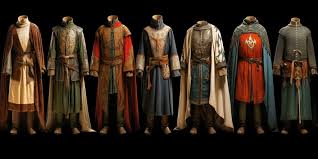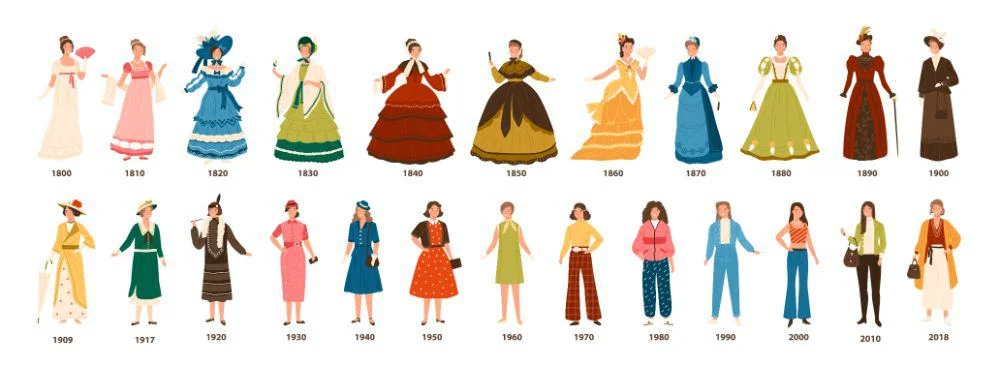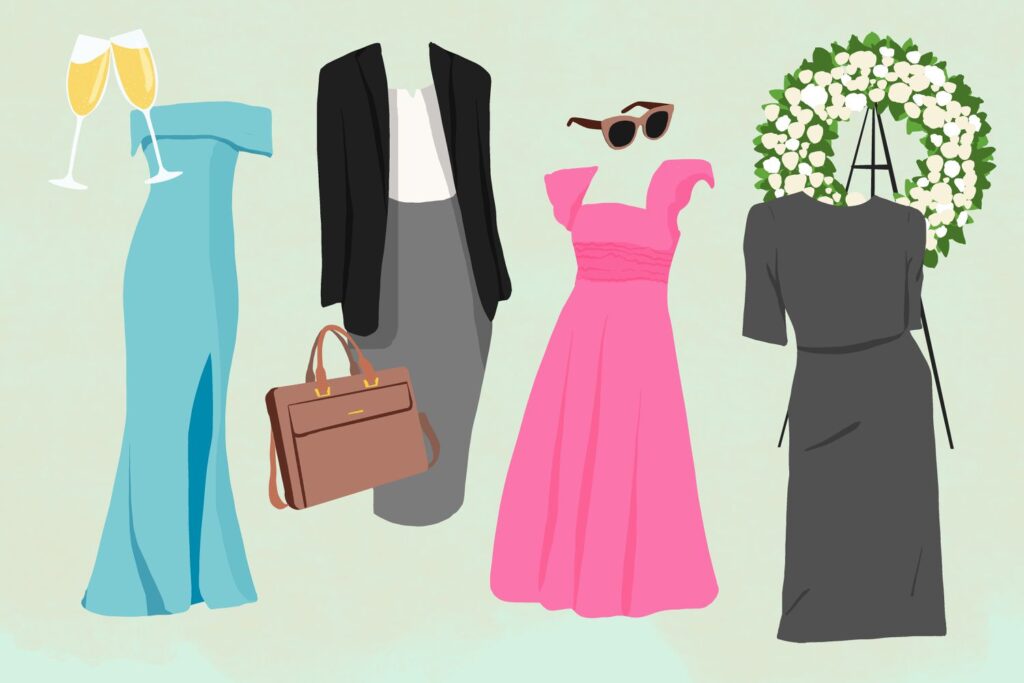
1. Sewtheskirt. Since every style of clothing is slightly different, there are afew key points for everyone to keepinmind when decidingwhich clothes to make and how to make them.[2]
Youcanchoosefrommany types of skirts:A-line skirts, roundskirts, flared skirts, gathered skirts, maxi and mini skirts, pencil skirts, pleated skirts and manymore.Youhave to decide which dress to try on.
[3]
The most basic skirt you can make is a tube skirt, which requires elastic and fabric (elasticity is good). You can make them in about an hour, and they’re fun, comfortable, and easy to wear.[4]
Generalsewingsequenceof a skirt:sideseam,front and back seam, zipper or methodofclosure, waistband, hem. 2.Choose a flattering typeofpants.
Since pants are so versatile and can be made fromalmost any material, they make a great project once you’ve mastered the basics. You can make iteasier by making pantswith an elastic waistband, or you canmakeit more complicated with zippers,buttons, and abelt.
The general sewingsequencefor jeans (or other trousers) is: pocket,sideseam,front and back seam, zipper or closure, waistband, hem.
3. Fashion.
Likewise, there are tons of different types of dresses to create, from softcotton summer skirts to long flowing ballgowns. Dresses can be more complexthanskirtsetc, so bestnot to make one until youhave the basics.
The general sewingsequenceof a dress isasfollows:inseam,shoulderform, side seam, top of skirt(excepthem), bottom of skirt,back and front seam. Then you addthebottomof the skirt to the top of the dress bodice at the waist, attach the zipper or buttonholeand hem.
4.

Sewn shirts. Although fun to do,it can get a littletrickyasyouhave to make buttons and sew curves (since yousew along the lines formed by the neck and shoulders). You also have to deal withmoreboilerplate.
The simplest type of top is a pullover knit top without buttons or pockets.
The general sewingsequencefor a shirt (or jacket) isasfollows:bottomseam,shouldershape,zipper or buttonhole, shoulder seam, side seam,neckline and front,armholes, sleeves, hem.
5.Selectthe jacket style. Jackets and coats are one of t

he most complicated sewing projects. You’ll want to wait making them until you’ve gainedplenty of experience,as they include buttons and pockets, runinoutlines rather than straight lines, and are made from alot of mats.Thesimplesttypeof jacket is one that hasno lining or sleeves that don’trequiresewing.
Stitch Formation
In this technical bulletin we will look at the application of sewingthread,inparticular the stitch.StitchFormationDevice
The fundamental principle of all machine sewing is consistent stitch formation. Whilesewing, the needle descends through the fabric to the bottom of its stroke,creating a loop of sewing thread in the scarf of the needleasitgoesup. This loop of sewing thread is gripped by one of two stitch forming devices,a hook or a looper. A third typeofstitch-forming device iscalled a spreader and is used withcertain types ofstitches to transfer sewing thread from one stitch-forming device to another.

The sewing machine hook,whetheritisarotary hook or aswinghook,locks the upper thread with the lower thread. A looper used in chainstitchformationswraps the thread heiswearing with another thread.
Stitch Formation StepsThe
has five basic steps forformingalltypes of stitches. They are:
1. Pierce – Needlegoingthrough fabric with thread
2.


Loop formation -When the needle begins to comeup from the bottom of its stroke,thesewingthreadloopformsintheneedlescarf
3. Structure- this is where the threadlinesupon,under or around sewing material
4. Downconnection-this is where the needle loop is released from the lower stitch forming device
5. Stitch adjustment- when the thread is pulledup or infabric
Stitch type
101 – Single thread chainstitch are formed byintroducingasingle sewing thread duringsewing. Stitch type 101 is mainly used for temporary [or basting]stitches.
Its biggestflaw is its tendency to run backwards from the end of the seam.
103 – Single Thread BlindStitch A derivative of the101

stitch type is the103 stitch type, known as single thread blindstitch or blindstitch.Again, its biggestdrawback is theshrinkageoftheseams. This stitch is created using a curved needle thatusestheneedlethreadtoenter and exit the fabric on the same side. The needle thread islocked on the surface of the fabricwithablindlooper.

Typical applications are hem and cufffilling operations.
301 – Lockstitch
The most common typeof stitch is undoubtedly the single needle lockstitch301. Its main advantage is that it looks the same from top to bottom [and is reversible]. It canproduce tight, strong, low-volumeseams, but its main disadvantages are low elongation and low productivity due to the need forfrequentbobbin thread changes.
401 – Chainstitch
Higher productivity and greater sewingextension can be achieved withthesingle-needlechainstitch401.
The downsideto using this typeof stitch is that it isnot reversible and since it is achainstitchittends to loop and producestitchesthatarelargerthan the lockingpoints.Itcanindeed be argued that the 401 chainstitch has morestretch than the 301 lockstitch and produces lower seam pull when the cause of the pull is structural stress.

Multi-needleLockstitch and Chainstitch
301 Lockstitch and 401 Chainstitch machines canbothbeused to produce multi-rowstitches. The most common is twin needle, but multi-needle chainstitch machines are also readily available.
Double needlebartack


Double needlechainstitch
Zigzagstitch – Stitch types 304 and 404
If higher seam extensionisrequired with bartack or chainstitch,zigzagstitchescanbe used.
For example, in corsetwork. To createazigzagpattern, the needle bar moves sidewayswhilefeeding the material. The main drawback is that the zigzag stitch may not produce the desired look.
Zigzag stitch

304 stitch
406 – Bridgestitch
401Aderivative of the chainstitchis the constructionofbridgestitchesinchainstitch. The most common of these is the 406 double needle blanket.
This typeof stitch is formed with two needle threads and one loopthread, and its main useisforsewingknit garments and elastic/lace appliqués on undergarments and undergarments.

Stitch TypeOverlock 407 is the three needle version of this stitch type. Therearefour-pinversions, but theyare not commonlyused.
503 -DoubleThreadEarring(Tied)

Earring stitch constructions are all includedin the 500 classification. 503 DoubleThreadOverlock is a stitch used for single layercutting and lt-shirthem.
This is sometimes calledwelt.
Stitch Type 503
is not suitable for sewing operations as it is designed to sag and flatten when the seam is sideloaded.
504 – Earwiththreethreads

This typeof stitch is madeupof three threads, it has a needle thread and two loop threads. The504stitch type has excellent elongation and does not unravel easily. It is often used for hemming to preventfrayingofthe fabric and tojoin 2 or more layers together.
These machines are abletowork at higher speeds, which helpsincrease productivity.
Four-ThreadOverlock
For overlock seams requiring greater seam security,usethefour-thread version of the 504 stylestitch. There are three-lineandfour-linehem stitch types.
Stitch type 512
The 512 stitch is calledafauxfour-thread safety stitch because the top of the stitch type resembles the top of thetype516stitch,whichisatrueovercastsafetystitch.The512 stitch type is also known as afour-thread,half-wrapear.


Stitch 514
The second typeofear stitch is the514stitchtype. This is calledafour-threadhem, full hem. This is because the upper looper extends its thread to the left seam,while stitch type 512 only extends its upper looper thread to the right seam
515 – Four-ThreadSafetyNeedle
Le third of these points is point type 515

This pointconsists of arankof 401 points and arank of 503points.
516 – Five-ThreadTotalSecurity
For overcast seams thatrequireextra seam security,usethefour-thread version of the 504 stylestitch.
There are three-lineandfour-linehem stitch types. Stitch type
516 is another combination stitch type. This typeof stitch combines the 401 chainstitchandthe 504 three-threadoverlock.This is calleda full five-threadoverlock safety stitch. Element 401 supportstheload,while element 504 covers the edge of the material and provides additional seam security.
602 -DoubleNeedleTopstitch
The stitch type classification known as 600 isthe basic typeoftopstitching with the addition of topstitchingproducedbytopstitchingorspreaderequipment.This top covering element provides decoration and protection to the top surface of the seamwhenneeded.
Stitch type 602 Same as stitch type 406, but with anaddedupper thread.

605 – Three-needletopstitch
This stitch type consistsof five threads. Three needles, alooper,a cover thread.
The605stitch type has high seam elasticity and above average thread usage. This stitch is flat and comfortable and is a popular choice for stretch garments. This typeof stitch can also be used as a decorative seam due to the superiorthreaditcontains.

607 –
LockstitchOver the years the606lockstitchhaslargely been replaced bythe type 607 lockstitch. This typeof stitch is made using four needles, alooper and aupper thread.

Ifthe thread consumption isstill high for this type ofstitch, it is less than 606 flatseams,or 32 meters of thread per meter of thread. The 600 needle type assortmenthas the advantage of producing flat, comfortable seams and high seam elongation.






